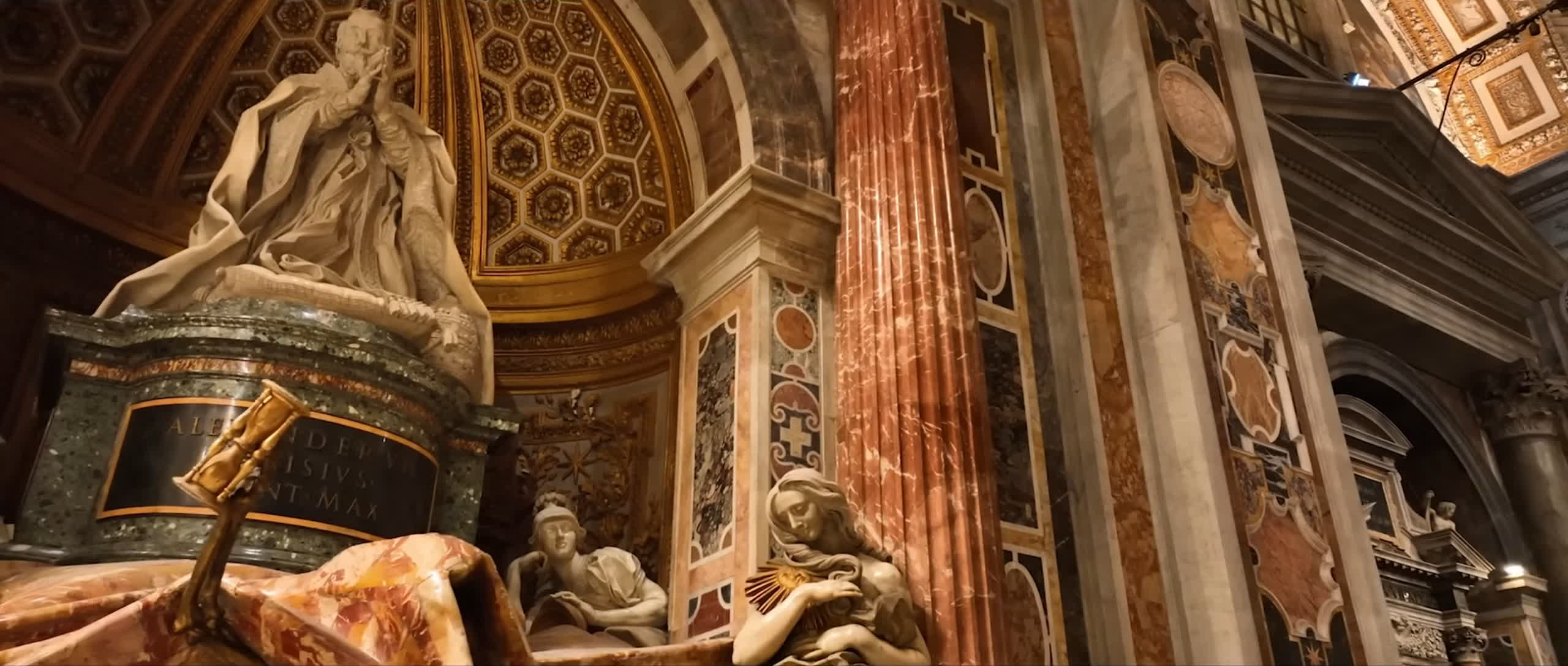Forward-looking: Digital twins are designed to faithfully replicate their real-world counterparts, and enable simulations, testing, and other computational tasks to be performed without impacting the originals. They can also serve preservation efforts, as demonstrated by the latest project introduced by the Vatican.
Catholic authorities collaborated with Microsoft to develop a digital twin of St. Peter's Basilica, one of the most important Christian churches and a globally renowned tourist attraction. Using AI and various scanning technologies, Microsoft and its partners were able to create an accurate digital model of the Basilica, offering people around the world a new way to explore the church and its many hidden corners.
The Basilica di San Pietro project involved capturing hundreds of thousands of images through drones, cameras, and laser scans, using advanced photogrammetry techniques to precisely document the church's physical features. Iconem, a French company specializing in digital preservation, collected over 400,000 high-resolution images, which were then processed on Microsoft's Azure platform.
Microsoft used AI to refine the 3D model, achieving millimeter-level accuracy that can be explored via modern web browsers. AI algorithms also helped detect potential structural issues within the virtual replica, generating a detailed map of cracks and missing mosaic tiles, allowing restorers to prioritize areas needing repair.
The digital St. Peter's Basilica is meant to be an immersive exhibit for Christians, scholars, and history buffs worldwide. The "new" Basilica, built on the foundations of the original Roman church, is over 400 years old and features many unique works by Michelangelo, Bernini, and other classical artists.

Microsoft is highlighting the role of advanced AI algorithms in bringing this highly detailed 3D replica to life, while the Vatican aims to preserve one of its most treasured churches as a "cultural, spiritual, and historically significant site for years to come."
An official website will provide users with a virtual experience of the Basilica ahead of the 2025 Holy Year Jubilee, an event expected to draw millions of tourists and Christian pilgrims to Rome. This AI-powered digital twin offers a more intimate and personalized view of St. Peter's Basilica, especially for those unable to visit Vatican City in person.
